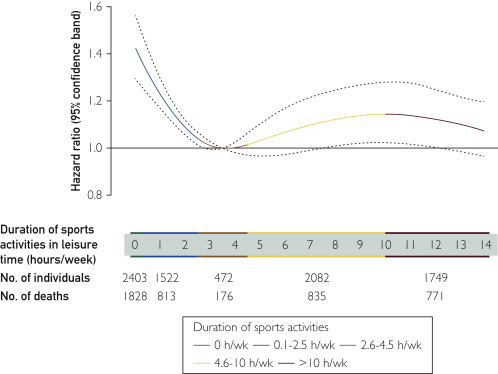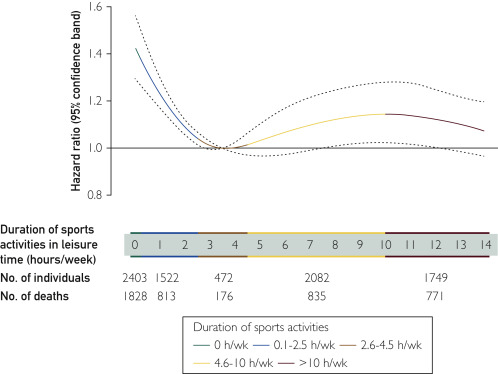
Lifting heavier weights is a great way to increase strength and muscle. Proper form and adhesion to weight lifting guidelines are important. This will help you increase your strength, and decrease your body fat. Also, lifting heavier weights is a great way to boost your confidence. How do you begin? These are some quick tips. Follow these tips and you'll be well on your way to building muscle and achieving your goals.
Your One-Rep Maximum is the best way to learn how to lift heavier body weights. Start gradually increasing your weight. This will allow you to measure your strength progression and set goals. It is possible to also track your progress by measuring the one-rep maximum, which is how heavy you can lift at once. In order to monitor your progress, it is necessary to know your 1-rep max in order for you reach a higher bar.

Next, be realistic when lifting heavier weights. Lifting weights that you are comfortable with is a good idea. To push yourself too far can lead to injury and slow progress. Instead, keep your eyes on your own personal development and your ego at bay. You can always start off with lighter weights then increase your training intensity.
Understanding the principles of muscle growth is the last tip to learn how to lift heavier weights. You should seek out a coach or another person to help you improve your lifting technique. A trainer can help you improve your form and connect with your muscles. You can reach your fitness goals by having the right mindset and lifting heavier weights. You can learn more about lifting heavier weights.
Keep in mind that lifting heavier weights will require your body to adjust to the challenges you are putting it through. Watching your form and body is the first step to this journey. You need to pay attention to your form, no matter how experienced or novice you are. It is important to be able to safely lift heavier weights.

You should first choose weights you are capable of lifting. When lifting heavy weights, you should choose the ones that feel easy for you to perform. If you're new to lifting weights, choose light weights that you can do in eight to twelve repetitions. You can eventually lift heavier weights but you need to be safe and aware of what your limits are. This will increase strength and confidence.
FAQ
How can my blood pressure be controlled?
It is important to first understand what high blood pressure is. Next, take steps that will reduce the risk. You can do this by eating less salt, losing weight, or taking medication.
It is important to ensure that you get enough exercise. You can also walk if you don’t have the time.
You should join a gym if you are unhappy with your exercise routine. A gym that has other members who are motivated by your goals will be a good choice. You will find it easier to keep to a workout schedule if you have someone to watch you at the gym.
How do you measure body fat?
The best way to measure body fat is with a Body Fat Analyzer. These devices measure the body fat percentage in people who wish to lose weight.
What lifestyle is most healthy?
A healthy lifestyle means eating healthy foods, exercising regularly, sleeping well, and avoiding stress. If you follow these guidelines, you will be able to lead a long and healthy life.
It's easy to start small with your exercise and diet. You can lose weight by walking 30 minutes each day if you are looking to lose weight. If you're looking for a way to increase your activity, consider taking up swimming or dancing. A Fitbit or Strava online program that tracks your activity can be joined.
Statistics
- In both adults and children, the intake of free sugars should be reduced to less than 10% of total energy intake. (who.int)
- According to the Physical Activity Guidelines for Americans, we should strive for at least 150 minutes of moderate intensity activity each week (54Trusted Source Smoking, harmful use of drugs, and alcohol abuse can all seriously negatively affect your health. (healthline.com)
- nutrients.[17]X Research sourceWhole grains to try include: 100% whole wheat pasta and bread, brown rice, whole grain oats, farro, millet, quinoa, and barley. (wikihow.com)
- The Dietary Guidelines for Americans recommend keeping added sugar intake below 10% of your daily calorie intake, while the World Health Organization recommends slashing added sugars to 5% or less of your daily calories for optimal health (59Trusted (healthline.com)
External Links
How To
What does "vitamin" actually mean?
Vitamins are organic substances found naturally in food. Vitamins are essential for our bodies to absorb nutrients from the foods we eat. The body cannot make vitamins; therefore, they must be obtained from food.
Two types of vitamins exist: water-soluble vitamin and fat-soluble vitamin. Water soluble vitamins dissolve easily in water. These include vitamin C (thiamine), Vitamin B1 (riboflavin), Vitamin B2 (riboflavin), Vitamin B3 (niacin), Vitamin B6 (pyridoxine), Vitamin C, B1 (thiamine), Vitamin B2 (riboflavin), Vitamin B3 (niacin), and Vitamin B6 (pyridoxine). Fat-soluble vitamins can be stored in the liver or in fatty tissue. Examples include vitamin D, E, K, A, and beta carotene.
Vitamins can be classified according to biological activity. There are eight main groups of vitamins.
-
A – Essential for normal growth, and the maintenance of good health.
-
C - essential for nerve function and energy generation.
-
D – Essential for healthy teeth, bones and joints
-
E - Required for good vision & reproduction
-
K - essential for healthy muscles, nerves, and bones.
-
P - Essential for strong bones and teeth.
-
Q - Aids in digestion and absorption.
-
R – Required for the formation of red blood vessels.
The recommended daily allowance (RDA), for vitamins, varies depending upon age, gender, or physical condition. RDA values are set by the U.S. Food and Drug Administration (FDA).
For adults over 19 years, the RDA is 400 mg per day for vitamin A. For fetal development, pregnant women need 600 mg per day. Children ages 1-8 require 900 micrograms per day. Infants under one year of age require 700 micrograms per day, but this amount decreases to 500 micrograms per day between 9 months and 12 months of age.
Children between the ages 1--18 years old who are overweight or obese require 800 micrograms per Day, while those who are overweight or obese need 1000 micrograms. To meet their nutritional needs, children underweight and obese require 1200 micrograms a day.
2200 mg of vitamin A per day is required for children aged 4-8 who have been diagnosed by anemia.
2000 micrograms is the minimum daily intake for adults over 50 years old to maintain good health. Mothers who are pregnant, nursing, or have a high nutrient need will require 3000 micrograms a day.
1500 micrograms are required daily by adults over 70 because they lose approximately 10% of their muscle each decade.
Women who are pregnant, nursing or breastfeeding need more than the RDA. Pregnant mothers need 4000 micrograms per daily during pregnancy and 2500 after giving birth. Breastfeeding mothers need to consume 5000 micrograms every day when breastmilk has been produced.